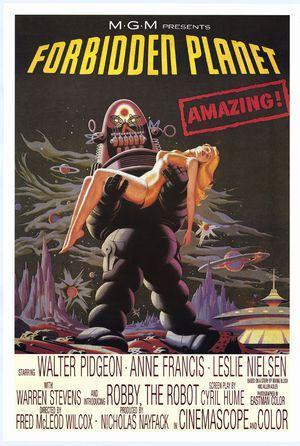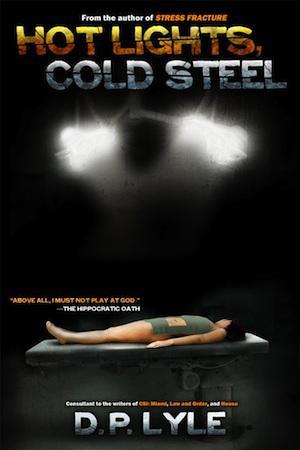Robotic surgery is cool. Even the name is cool. Can’t you just see Robby the Robot standing beside the operating table performing some miraculous feat? Great visual. Actually it is ofte done employing the da Vinci Surgical System.

Real robotic surgery doesn’t work that way. Ih fact it’s basically the so-called minimally invasive surgery except that the surgeon is removed from the patient. In minimally invasive surgery small openings are made and cannulas (hollow metal tubes) are inserted into the patient. Instruments are passed through these tubes and the surgery is performed, usually with the guidance of a fiber-optic scope. The beauty of the situation is that the incisions are smaller and therefore recovery is much faster.

The da Vinci Surgical System
Robotic surgery is performed more or less the same way. The difference is, rather than the surgeon standing next to the patient, he is often on the other side of the room sitting in a console operating handles, which in turn move the instruments. He is able to watch everything on the screen, again using fiber-optic imaging techniques.
This technique has always been problematic for me. Much of surgery has to do with tactile feedback. What the surgeon’s fingers feel as they touch and move the organs and as they repair injuries or remove certain tissues and organs is a critical part of any surgical procedure. It’s all in the fingertips. Minimally invasive surgery removed some of this tactile feedback but still the surgeon had some “feel” through the instruments he worked with. Robotic surgery is another step removed from that.
Lately there has been some concern over the safety of robotic surgery, often for these very reasons. The surgeon needs all the feedback he can receive during delicate surgical procedures and the system seems to remove many of them. It’s not that robotic surgery isn’t useful or that it doesn’t have its place, it’s just that everything comes with a downside. But increasingly we are seeing problems with this cool technique. Sometimes the old ways are still best.

My second Dub Walker thriller, HOT LIGHTS, COLD STEEL, deals with robotic surgery. Far advanced from where we are now, but robotic surgery nonetheless.
